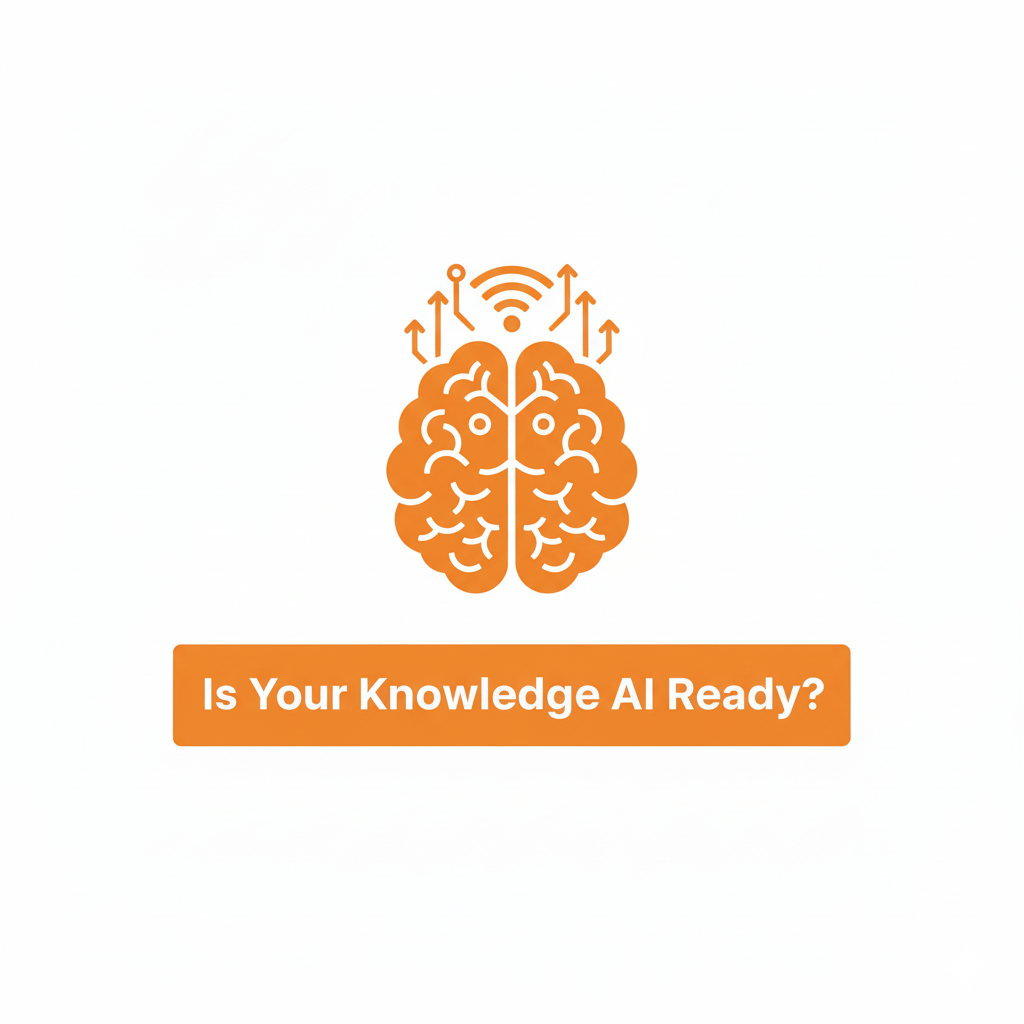What is a CMDB?

CMDB, or Configuration Management Database, is a term associated, or at least has its origin, with ITIL, the set of IT Service Management best practices developed by the UK’s Government. The topic can be highly complex, with a wealth of information written on ITIL and the associated guidance for CMDB implementation.
If you are new to the CMDB concept, a common term that may seem confusing is Configuration Item or CI. This refers to one of the assets within the CMDB. We often find that organizations dedicate significant resources to tracking CIs manually through pen and paper, a spreadsheet application like Excel, or internal software. Manual methods such as these often prevent
a realization of any ROI, especially of human capital.
The best way to look at a CMDB is as the central repository for information about IT infrastructure that allows an IT team to discover, track, and manage IT assets. This visibility can provide an IT team with an instant assessment of potential threats to the organization operating capacity. Thus downtime that might be the result of a malicious attack, security vulnerability, or change made in error, can be prevented.
25 Core Functions of a CMDB

How to evaluate your approach
Review the list of twenty-five functions below. Start with a score of 100. Subtract 4 points for each requirement you are missing. You can then evaluate your total score against our “Threat Level” chart to see how you rank.

Your CMDB should allow you to…
1 Integrate ITIL terms and definitions, as well as base workflows and processes on ITIL best practice
2 Provide varying levels of security controls to limit access within the system.
3 Customize forms easily and quickly.
4 Generate and modify management reports.
5 Record an audit trail for all record changes and updates.
6 Automatically create escalations and notifications of issues and changes, based on selected criteria.
7 Delete CI records permanently.
8 Create CIs manually, via an import, and through automatic discovery.
9 Determine which attributes will be associated with each CI record.
10 Provide various formats for model, version, and copy numbers for each CI. In addition, allowing administrators to add or modify fields as necessary.
11 Prevent the duplication of duplicate CI records by using certain unique fields—such as Name,Serial Number, or MAC Address.
12 Add relationships to other CIs when creating a new CI.
13 View the current status of a CI.
14 Modify forms and fields to refine the graphical representation of software through its lifecycle.
15 Set the configuration baseline based on the scan of a CI.
16 Import CIs, making sure to verify that only new CIs are imported, flag any CIs that have changed, and mark which version of the CIs are authorized.
17 Record a history of change requests or other service items opened against a CI.
18 View a graphical representation (dependency mapping) of the relationships between CIs.
19 Select various relationship types between CIs, including allowing further refinement of relationship types by administrators.
20 Automatically identify other CIs that are affected by an incident, problem, known error, or RFC.
21 Integrate Web services API, as well as integration and reconciliation with other data sources.
22 Link Incident Reports to CIs.
23 View CI details, including their business criticality and relationships.
24 Integrate with the other IT Service Management models, in turn allowing you to view the impact of a change based on the number of users impacted and the number of CIs impacted.
25 Monitor changes to CI records, as well as authorize changes validated with exception reports.

Evaluate your results and take action

For a free consultation with a CMBD expert, contact us today
Latest Insight

Practical AI for NERC CIP Compliance

Is Your Knowledge Ready for AI










.svg)
.svg)